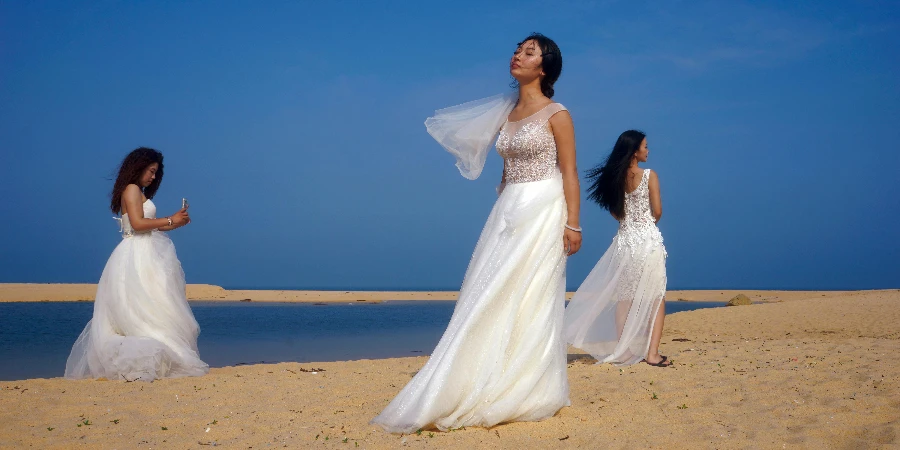Selecting the ideal wedding outfit is a pivotal part of any woman’s wedding preparation. With myriad choices ranging from traditional gowns to contemporary ensembles, making the right decision can feel overwhelming. This guide will help you navigate through the essential aspects of wedding attire, ensuring you look stunning and feel confident on your special day.
Table of Contents:
1. Understanding wedding dress styles
2. Choosing the right fabric
3. Accessorizing your wedding outfit
4. Considering comfort and practicality
5. Shopping tips for the perfect fit
Understanding wedding dress styles
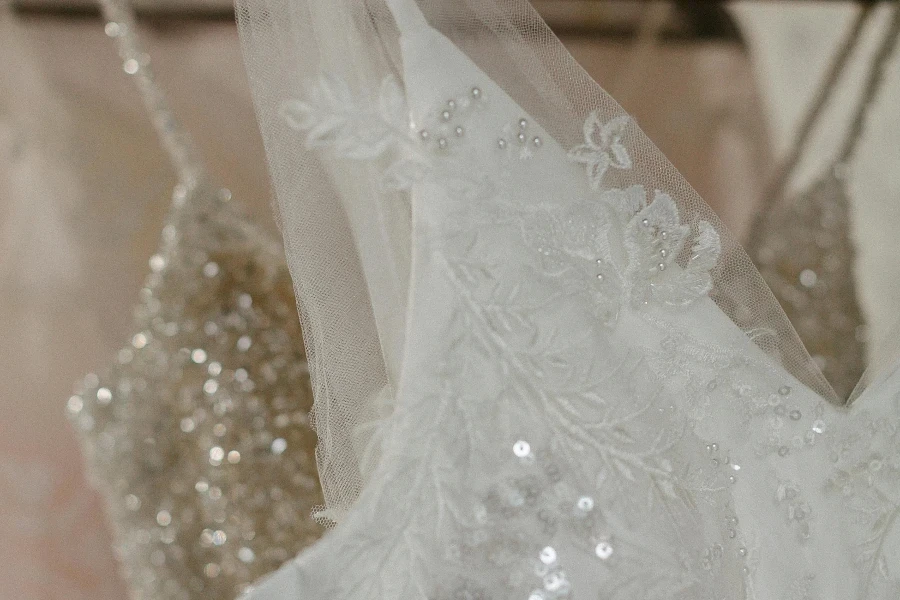
Choosing the right wedding dress style is crucial as it sets the tone for your entire wedding look. From classic ball gowns to sleek sheath dresses, understanding the different styles can help you find the one that best suits your body type and personal taste.
A-line and ball gown
A-line dresses are universally flattering, featuring a fitted bodice and a skirt that gradually flares out from the waist. This style suits most body types, making it a popular choice. Ball gowns, on the other hand, offer a fairytale-like feel with their full skirts and fitted bodices, perfect for brides looking for a dramatic entrance.
Sheath and mermaid
Sheath dresses, with their simple and sleek lines, are ideal for brides seeking a modern, minimalist look. They follow the body’s natural line and are great for showing off your figure. Mermaid dresses are fitted through the bodice, waist, and hips, flaring out at the knees. This style emphasizes curves and adds a touch of glamour to your wedding ensemble.
Bohemian and tea-length
For a more relaxed and unconventional look, bohemian wedding dresses feature flowing fabrics, lace details, and a carefree silhouette. Tea-length dresses, which fall between the knee and ankle, offer a vintage vibe and are perfect for outdoor or casual weddings. They provide a unique twist on traditional full-length gowns while still being elegant.
Choosing the right fabric
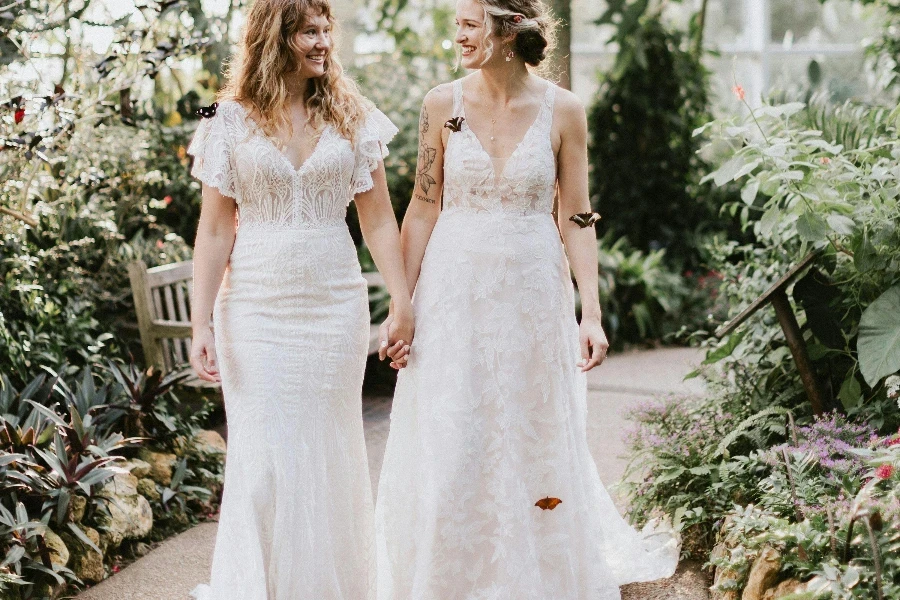
The fabric of your wedding dress significantly impacts its look, feel, and overall vibe. Different fabrics can enhance certain styles and provide various levels of comfort, so it’s essential to choose wisely.
Satin and silk
Satin is a popular choice for wedding dresses due to its smooth finish and lustrous sheen, making it perfect for structured dresses like ball gowns and A-line styles. Silk, known for its luxurious feel, is another timeless fabric that drapes beautifully, ideal for flowing silhouettes like sheaths and mermaids.
Lace and tulle
Lace adds a touch of romance and elegance to any wedding dress. It can be used as an overlay or for intricate details, enhancing both traditional and modern styles. Tulle, with its airy and lightweight texture, is often used for skirts and veils, creating a whimsical and ethereal look, perfect for princess-like ball gowns.
Chiffon and organza
Chiffon is a soft, sheer fabric that creates a light and flowy effect, making it an excellent choice for destination weddings or outdoor ceremonies. Organza, while similar to chiffon, has a stiffer structure, providing volume without the weight, ideal for layered skirts and dramatic trains.
Accessorizing your wedding outfit
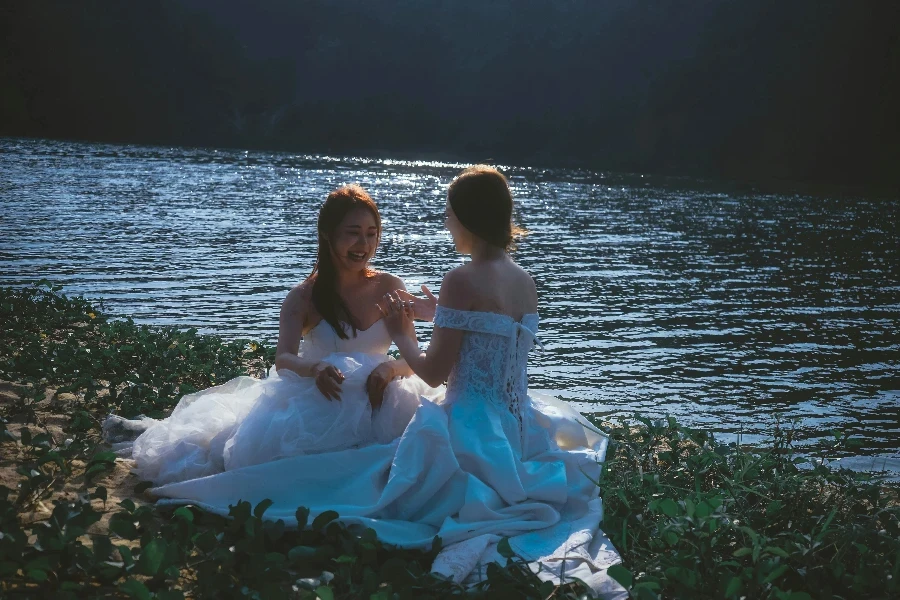
The right accessories can elevate your wedding outfit, adding personal touches that reflect your style and enhance your overall look. From veils to jewelry, selecting the perfect accessories requires careful consideration.
Veils and headpieces
Veils come in various lengths and styles, from cathedral-length for a traditional look to birdcage veils for a vintage flair. Choose a veil that complements your dress and overall wedding theme. Headpieces, such as tiaras, floral crowns, or hairpins, can add sparkle and elegance, providing the finishing touch to your bridal hairstyle.
Jewelry
When it comes to jewelry, balance is key. Opt for pieces that enhance your dress without overpowering it. For a strapless gown, statement earrings or a delicate necklace can draw attention to your neckline. If your dress features intricate details, consider simpler jewelry to avoid clashing. Pearls and diamonds are classic choices that suit any bridal look.
Shoes and clutch
Your wedding shoes should be both stylish and comfortable, as you’ll be on your feet for most of the day. Consider the venue and your dress length when choosing the heel height and style. A clutch or small handbag is a practical accessory for carrying essentials like lipstick, tissues, and a phone, ensuring you have everything you need at hand.
Considering comfort and practicality
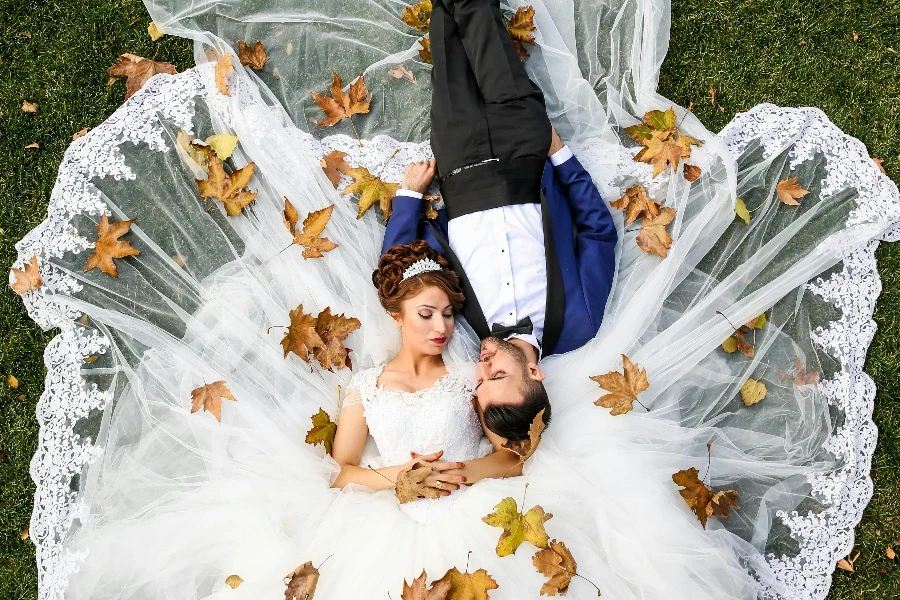
While style is important, comfort should not be overlooked. A beautiful dress that you can’t move or breathe in will only cause discomfort on your special day. Practicality is also crucial, especially if you plan on dancing or moving around a lot.
Fit and mobility
Ensure your dress fits well and allows for easy movement. Consider having alterations done by a professional to achieve the perfect fit. Walk, sit, and dance in your dress during fittings to ensure it feels comfortable and stays in place throughout the day.
Weather and venue
The season and location of your wedding can influence your dress choice. For a summer wedding, lightweight fabrics and shorter styles can help you stay cool. For winter weddings, consider dresses with sleeves or add a stylish shawl or wrap. The venue can also impact your choice – a beach wedding may call for a more relaxed dress, while a formal ballroom might suit a grander gown.
Undergarments and support
The right undergarments are essential for both comfort and appearance. Invest in high-quality lingerie that provides the necessary support without showing through your dress. Consider shapewear for a smooth silhouette and make sure your bra is comfortable and stays in place.
Shopping tips for the perfect fit
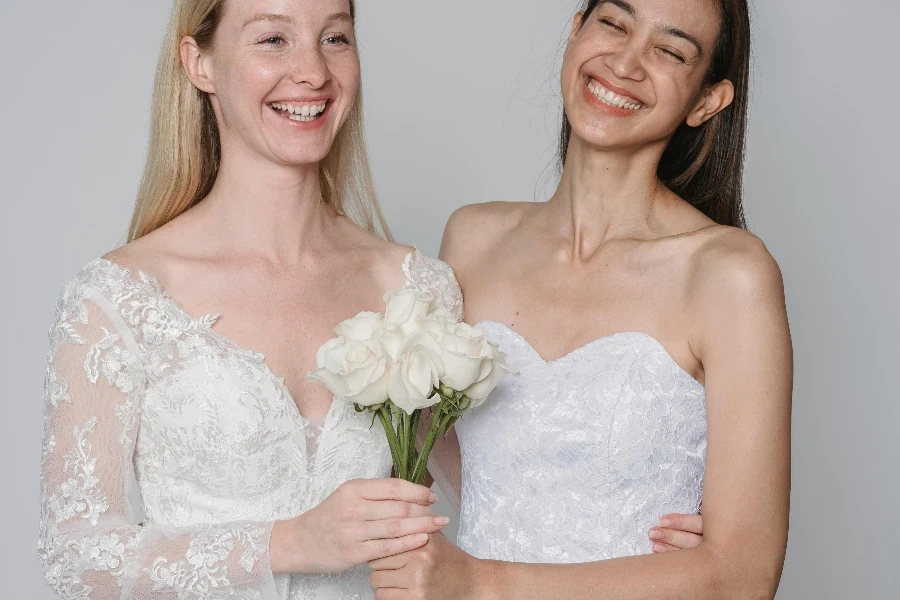
Finding the perfect wedding dress involves more than just picking a style. The shopping experience itself can greatly influence your decision. Here are some tips to ensure a smooth and enjoyable process.
Start early
Begin your dress search at least 9 to 12 months before your wedding date. This allows ample time for ordering, fittings, and alterations. Starting early also gives you the opportunity to explore various styles and fabrics without feeling rushed.
Set a budget
Determine your budget before you start shopping. Wedding dresses can vary greatly in price, and it’s important to find a dress that fits within your financial plan. Remember to factor in costs for alterations, accessories, and any additional items like a veil or shoes.
Bring trusted opinions
While it can be tempting to bring a large entourage to your dress appointments, too many opinions can be overwhelming. Choose a few trusted friends or family members who understand your style and can offer constructive feedback. Their support can help you make a confident decision.
Conclusion
Selecting the perfect wedding outfit for women involves understanding styles, fabrics, and accessories that complement your personality and the wedding theme. Prioritizing comfort and practicality ensures you enjoy your special day to the fullest. With these expert tips, you’re well-equipped to find a wedding outfit that makes you feel radiant and confident as you walk down the aisle. Happy wedding planning!
